Sure, it can be argued that the scariest part about flying is being in a giant, metal tube hurtling through the atmosphere in defiance of God. But for me, the scariest thing is the lack of control over my destiny should things go awry.
When the plane hits turbulence, the job of the flight attendants is to keep everyone calm. Landing a plane under dangerous conditions is hard enough; it probably doesn’t help the pilot at all to have 80 people freaking out in the back.
But being calm might not actually help you that much during an event in the sky.
In the event of a crash, depending on the speed of impact, it is likely your body (which is 70 percent water) will explode.
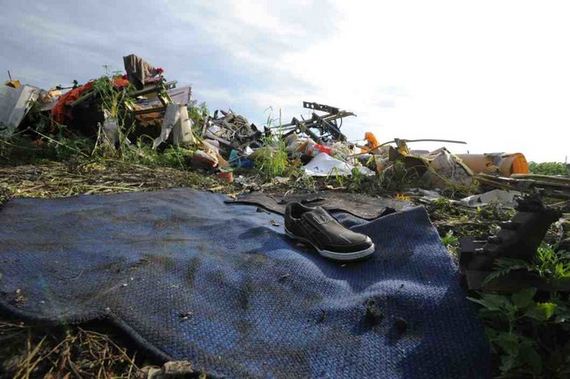
And if your body doesn’t completely explode, the plane’s explosion will surely take care of the rest.
Airplane seat belts really should have shoulder straps. During a crash at a slower-speed, shoulder straps can save lives, leaving the victims only with light bruising on the chest.

Shoulder straps would be uncomfortable, sure, but death is slightly more uncomfortable
Without a shoulder harness, the jolt of the impact may cause your 10-pound head to snap your neck. It’s possible that it may even fall off. There have been reports of waist belts severing plane crash victims in half.

Totally gonna duct tape myself to my seat next time I fly.
Seats should really be faced the other way around. Flight surgeons say the back can absorb much more shock than the chest. Rear-facing seats installed in Navy transport planes have saved lives by tenfold.

The life jackets are mainly there to help rescue crews find the bodies in the event of a crash.
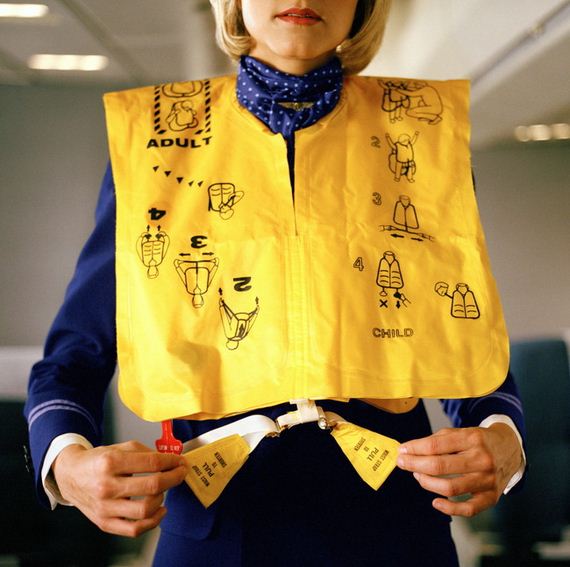
Didn’t really help us much in finding Malaysia 370, however.
In the Air Force, they take foot prints because in severe crashes, the feet inside boots are the only thing left to identify soldiers with.

Oxygen masks do little for us during the rapid descent of a plane. They are meant for when the altitude of the plane exceeds 14,000 feet and the cabin pressure is lost. They may drop during extreme turbulence, but that is because the panels have accidentally come loose.
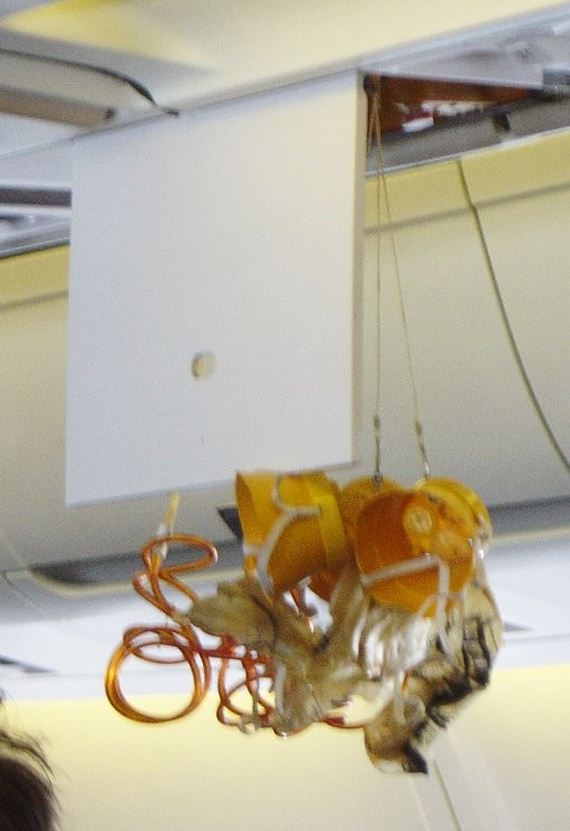
Each of the parts of the plane is manufactured by the lowest bidder to reduce cost.
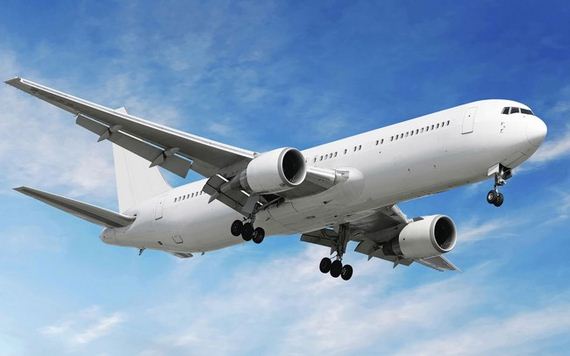
At least plane tickets aren’t ridiculously expensive, though, right?
During the descent, the high wind speed can cause the clothes of plane crash victims to come right off.
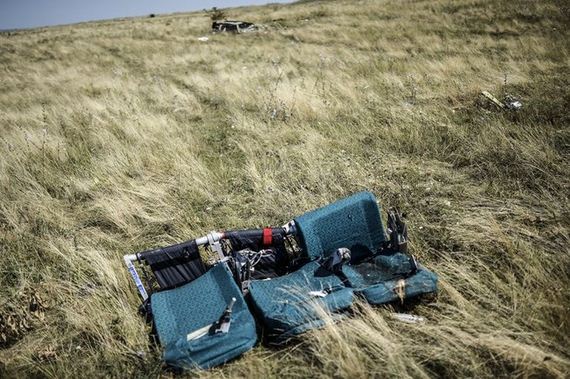
Again, duct tape seems like a good idea right now.
If your plane hits the water and you survive, there’s a chance you may succumb to hypothermia, which, in cool waters, can set in in seconds. If you submerge your head completely under water, it could affect your brain functionality.
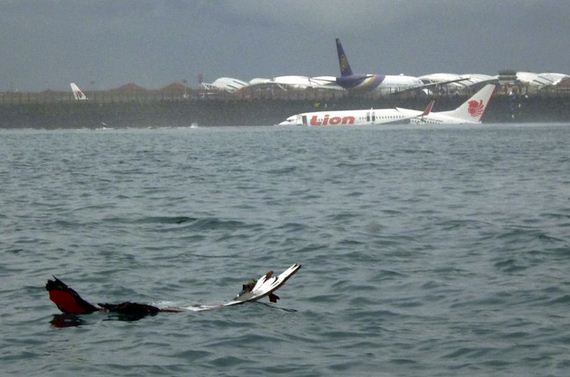
Due to increasing carbon dioxide levels in the ozone, scientists say turbulence on flights is also increasing. By mid-century, it may be up 40% worse than it is now.
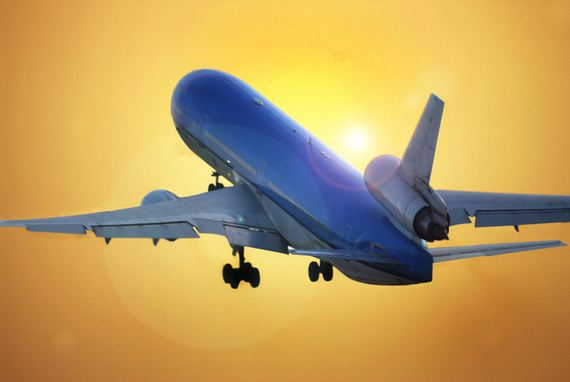
Global warming ruins EVERYTHING!
Eighty percent of all plane crashes occur either during takeoff or landing.
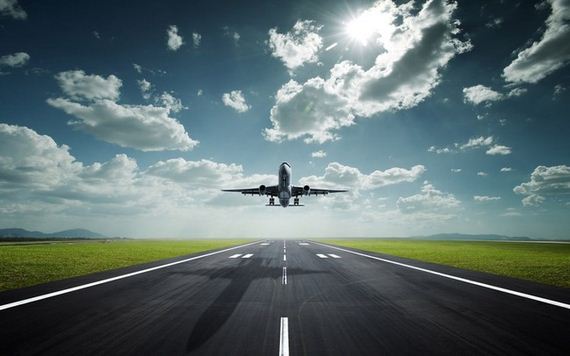
In the event of a fire, you have approximately 90 seconds to exit the plane before the whole thing is toast. Also, if you sit more than 5 rows away from an exit, statistically you will more than likely not survive.
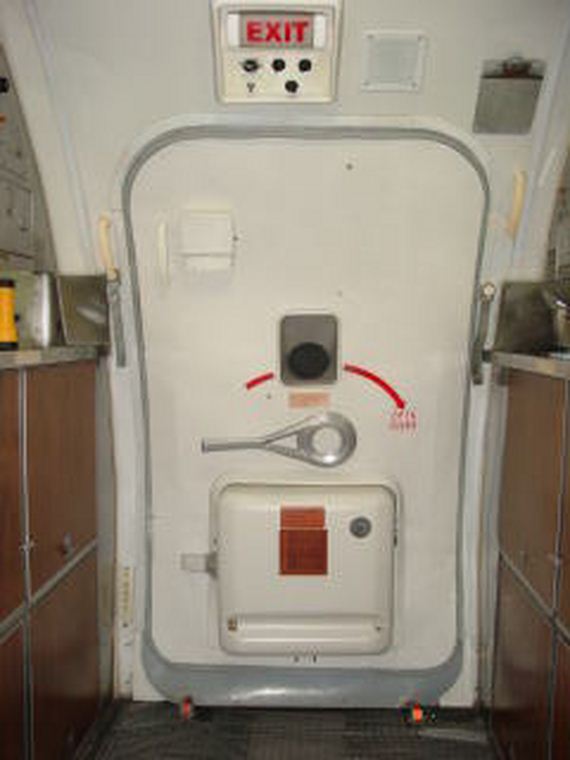
Every row counts.
Between 43 to 54% of pilots admitted to having fallen asleep at the controls. A third of them have had the experience of waking up only to find their partner had also fallen asleep.

Hey! Leave the snoozin’ to us in the back who have loaded up on NyQuil before the flight.
During a high speed descent, more than likely there will be rapid decompression in the cabin, causing most of the passengers to pass out before the crash.
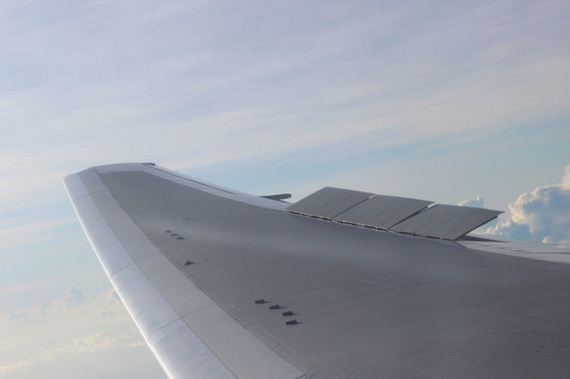
Kind of comforting, I guess?
Sometimes, airlines cut costs by skimping on fuel, forcing planes to take off with less than the recommended amount.
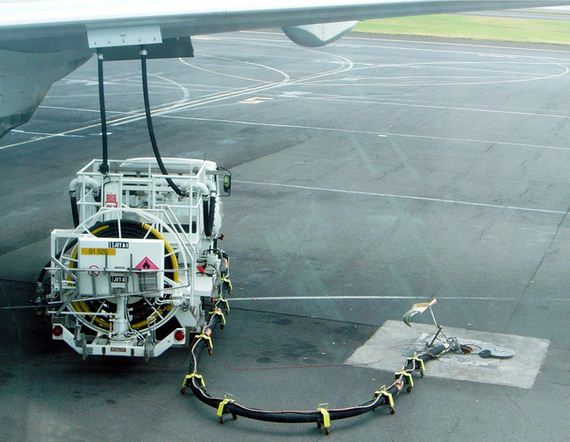
But we’ve already established that airline travel is safer than it’s ever been, and American travel in particular is the safest in the world. Most accidents are survivable, and the chances of being in a plane crash are between 1 in 11 million and 1 in 60 million. Still, whenever I hit turbulence on a cross-ocean flight, I sometimes wish I took that class in aerodynamics in high school instead of zoology.
 Barnorama All Fun In The Barn
Barnorama All Fun In The Barn